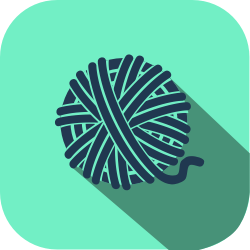In the last post we looked at the Unicode, the international standard for encoding, representing and handling, text. In this article, we build on that knowledge and look at how we can handle, process, and manipulate, characters and strings in Swift.
An Introduction to Unicode
Unicode is an international text encoding standard that underpins Swift’s `Character` and `String` types. In this article, we’ll look at how this standard came into being, we’ll look at it’s basic mechanics and we’ll look at how it is used in practice.
Swift Sets
In Swift there are three primary collection types – arrays, dictionaries and sets. We’ve already covered arrays and dictionaries in previous posts and in this post we’re going to complete the set (no pun intended) by looking at sets.
Pattern Matching in Swift
The Swift Programming language has a number of powerful features that are sometimes overlooked by those new to the language. In this article, we’re going to look at one such feature – pattern matching – which offers huge potential for both simplifying your code and making it much more expressive.
The Switch Statement in Swift
In previous posts we’ve talked about many of Swift’s control flow statements. In this article, we’re going to complete our set by looking at the one control flow statement that we haven’t touched on yet – Swift’s switch statement.
Swift’s Break and Continue Statements
In previous posts we’ve already looked at some of the control flow statements available in Swift. In this article we’re going to continue on that journey by looking at Swift’s break and continue statements along with the concept of statement labels.
